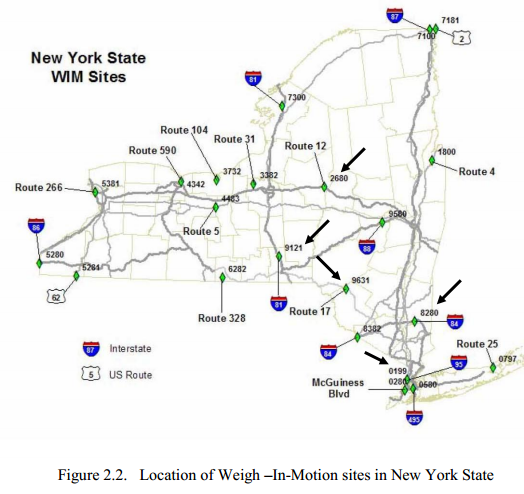Using Lighting to Alter Driver Behavior
Safety and traffic flow issues are related to drivers selecting inappropriate speeds when driving. For example, at some curved interchange exit ramps, drivers may go too fast, increasing the risk of rollover crashes, especially for heavy trucks. At other locations, perceived 'bottlenecks' in roadway geometry may cause some drivers to slow down more than is appropriate, resulting in variations among vehicle speeds, and increasing the likelihood of traffic congestion, delays and rear-end crashes.




